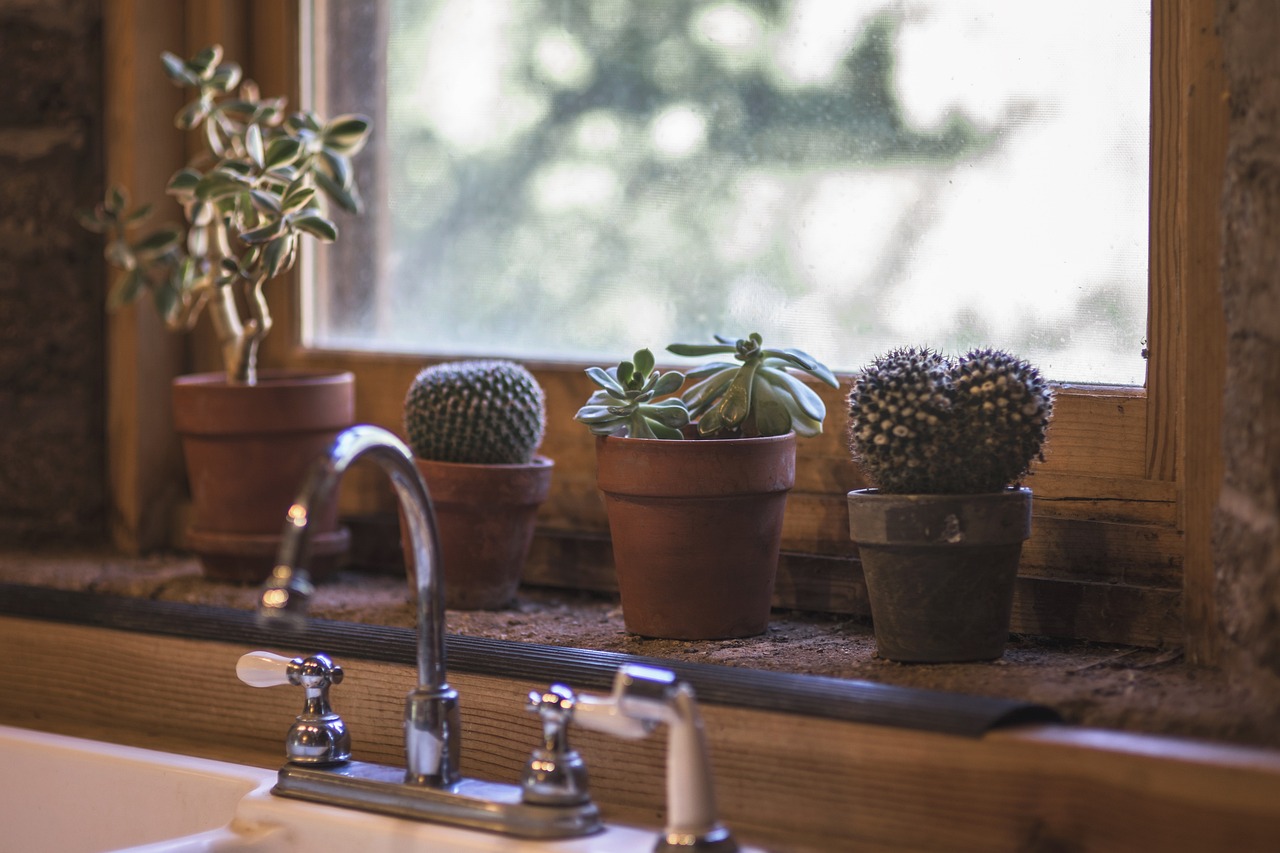Sustainable Deck Stain Application Tips: Eco-Friendly Ways to Protect Your Outdoor Space
When choosing environmentally-friendly deck stains, it is important to look for products that are labeled as low VOC (volatile organic compounds) or VOC-free. These stains release fewer harmful chemicals into the air during application, making them safer for both the environment and your health. Additionally, opt for water-based stains over oil-based ones, as they typically have lower VOC levels and are easier to clean up with water.
Another factor to consider when selecting an eco-friendly deck stain is the ingredients used in the product. Look for stains that are made from natural and renewable resources, such as plant oils or soy-based formulas. Avoid stains that contain harsh chemicals or additives that can leach into the soil or waterways, causing harm to wildlife and ecosystems.
Understanding the Impact of Conventional Deck Stains on the Environment
The use of conventional deck stains can have detrimental effects on the environment due to the high levels of volatile organic compounds (VOCs) they contain. When these VOCs are released into the air during application and drying, they contribute to air pollution and can have harmful health impacts on humans and wildlife. Additionally, runoff from rainwater can carry these chemicals into water sources, posing a risk to aquatic ecosystems.
Furthermore, many conventional deck stains contain toxic chemicals such as biocides and fungicides that are not only harmful to the environment but can also leach into the soil over time. This contamination can impact soil quality and affect the health of plants and other organisms that depend on the soil for survival. Considering the long-lasting consequences of using conventional deck stains, it is crucial to explore more eco-friendly alternatives that minimize harm to the environment.
Tips for Preparing Your Deck for Staining in an Eco-Friendly Manner
Prior to staining your deck in an environmentally-friendly manner, it is essential to thoroughly clean the surface. Start by removing any debris, dirt, and mildew using a stiff brush and environmentally-friendly cleaner. Ensure that all areas are free from any dirt or grime that could hinder the staining process. Once the deck is clean, allow it to fully dry before proceeding with the next steps.
After cleaning the deck, inspect the surface for any signs of wear or damage. Replace any rotten or damaged boards and sand down any rough patches to create a smooth and even surface for staining. By taking the time to properly prepare your deck, you can ensure that the stain will adhere effectively and provide long-lasting protection without causing harm to the environment.
Why should I choose environmentally-friendly deck stains?
Choosing environmentally-friendly deck stains helps reduce the negative impact on the environment by avoiding harmful chemicals that can leach into the soil and water.
How do conventional deck stains impact the environment?
Conventional deck stains often contain harsh chemicals that can be harmful to plants, animals, and water sources when they leach into the environment.
How can I prepare my deck for staining in an eco-friendly manner?
To prepare your deck for staining in an eco-friendly manner, you can start by cleaning it with eco-friendly cleaners, using non-toxic alternatives to chemical strippers, and sealing off areas to prevent runoff into the environment.
Are there any specific brands or products you recommend for eco-friendly deck staining?
There are several eco-friendly deck stain brands available on the market, such as BioShield, ECOS Paints, and Earthpaint. Be sure to read labels and choose products that are low in volatile organic compounds (VOCs) and free from harmful chemicals.







